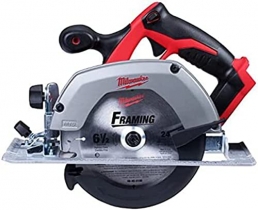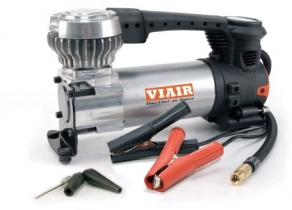-
Welcome to Tacoma World!
You are currently viewing as a guest! To get full-access, you need to register for a FREE account.
As a registered member, you’ll be able to:- Participate in all Tacoma discussion topics
- Communicate privately with other Tacoma owners from around the world
- Post your own photos in our Members Gallery
- Access all special features of the site
Good info about spring rates and coils!
Discussion in 'Suspension' started by Styx586, Aug 28, 2013.


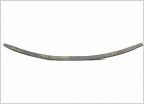 Ome progressive (7) leaf pack from dsm
Ome progressive (7) leaf pack from dsm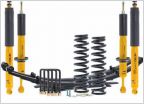 First Time Tacoma Owner Suspension Upgrade
First Time Tacoma Owner Suspension Upgrade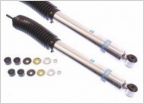 5100's Part Numbers for Gen 2
5100's Part Numbers for Gen 2 Introduction - tacoma newbie and some questions :)
Introduction - tacoma newbie and some questions :)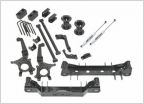 Ordering lift, need input
Ordering lift, need input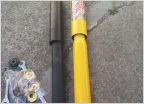 Rear Shock options from smaller lift (Progressive AAL)
Rear Shock options from smaller lift (Progressive AAL)